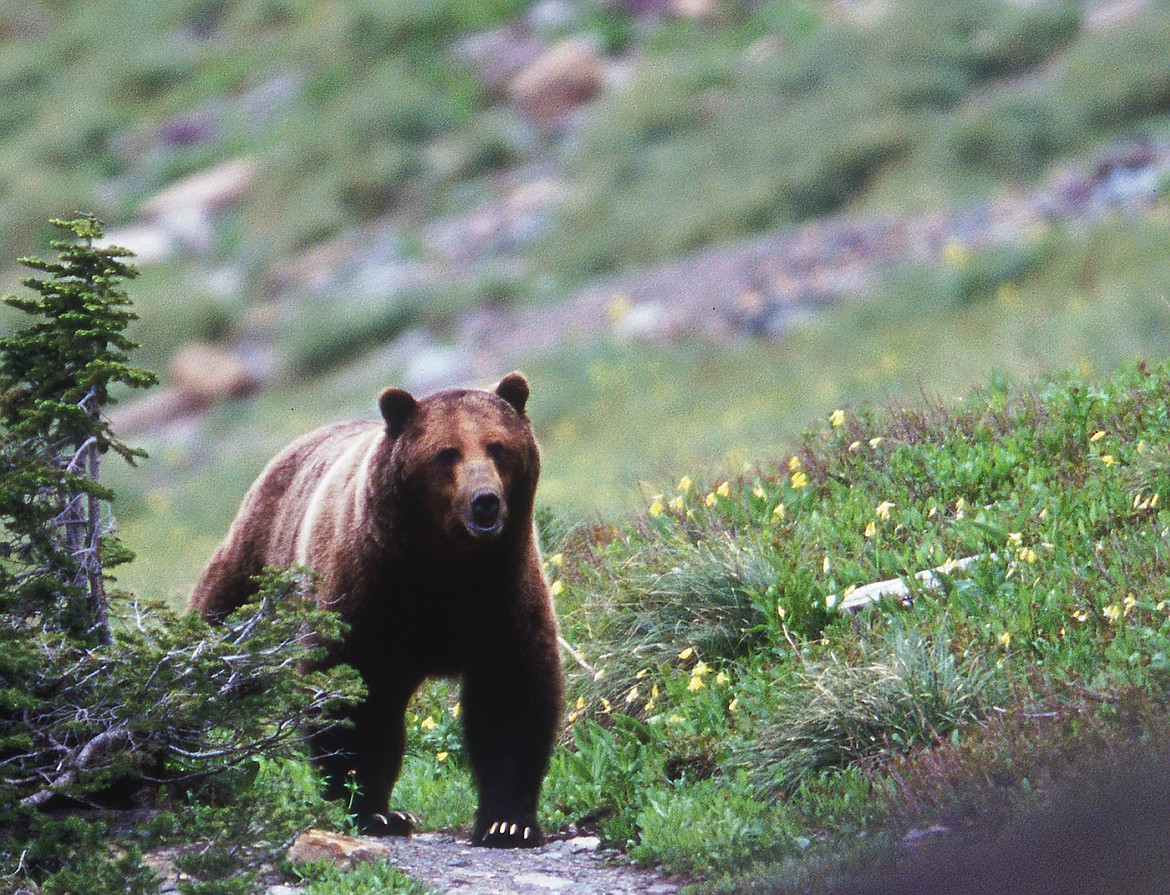Kootenai Forest Stakeholders hear grizzly report
Grizzy bears and roads were the high points of discussion at last week’s Kootenai Forest Stakeholders Collaborative board meeting in Libby.
U...
Become a Subscriber!
You have read all of your free articles this month. Select a plan below to start your subscription today.
Already a subscriber? Login



